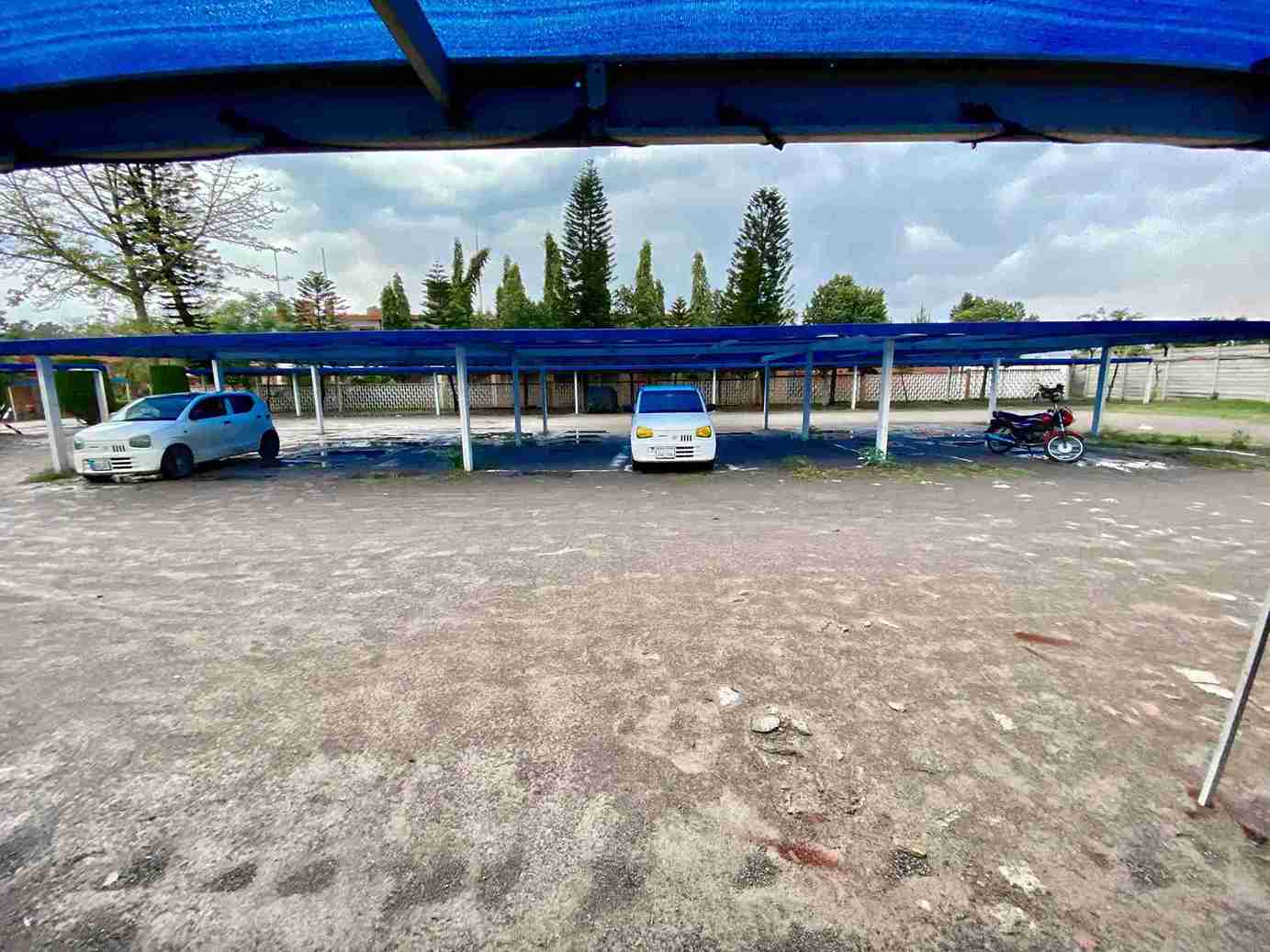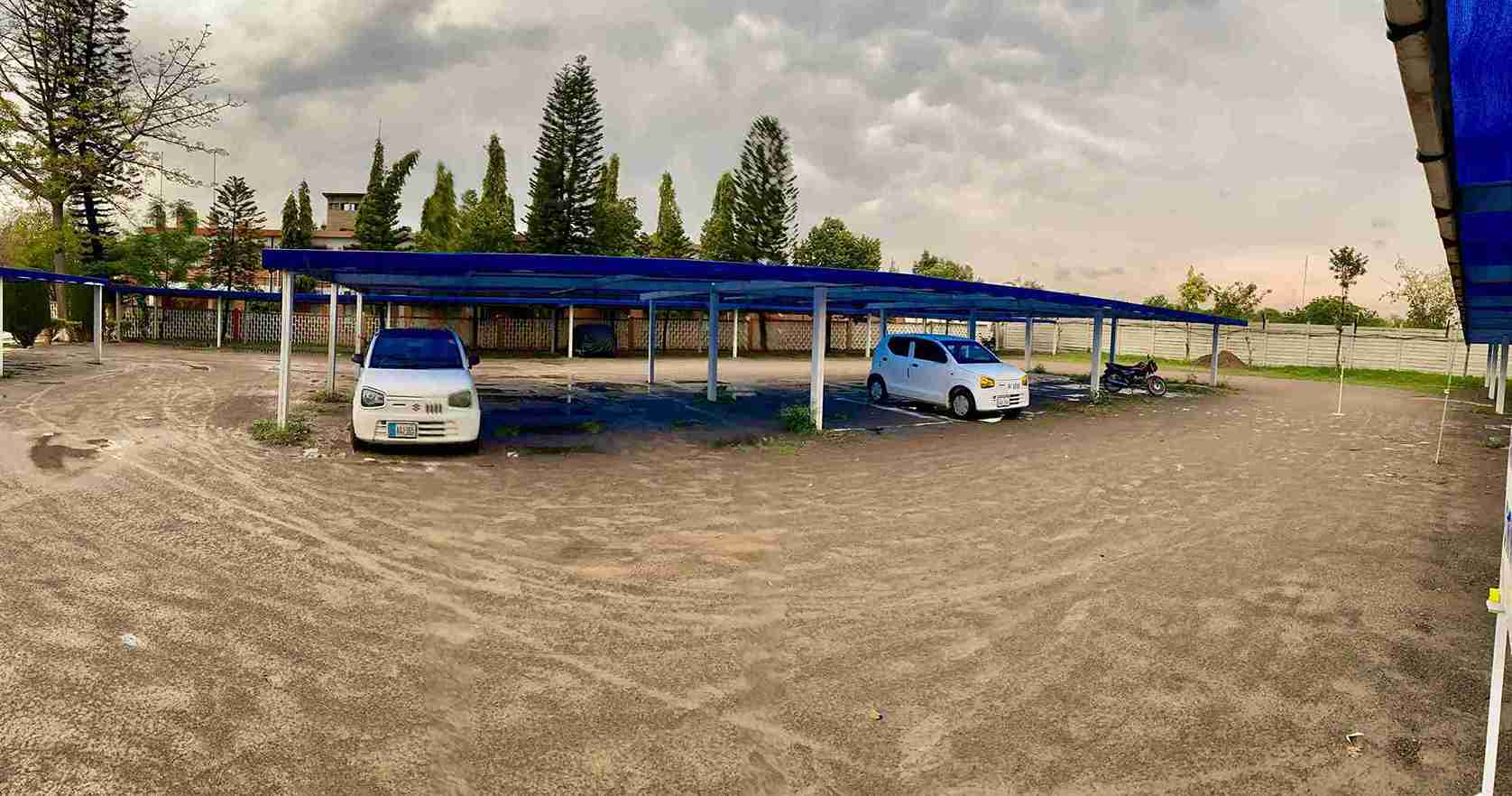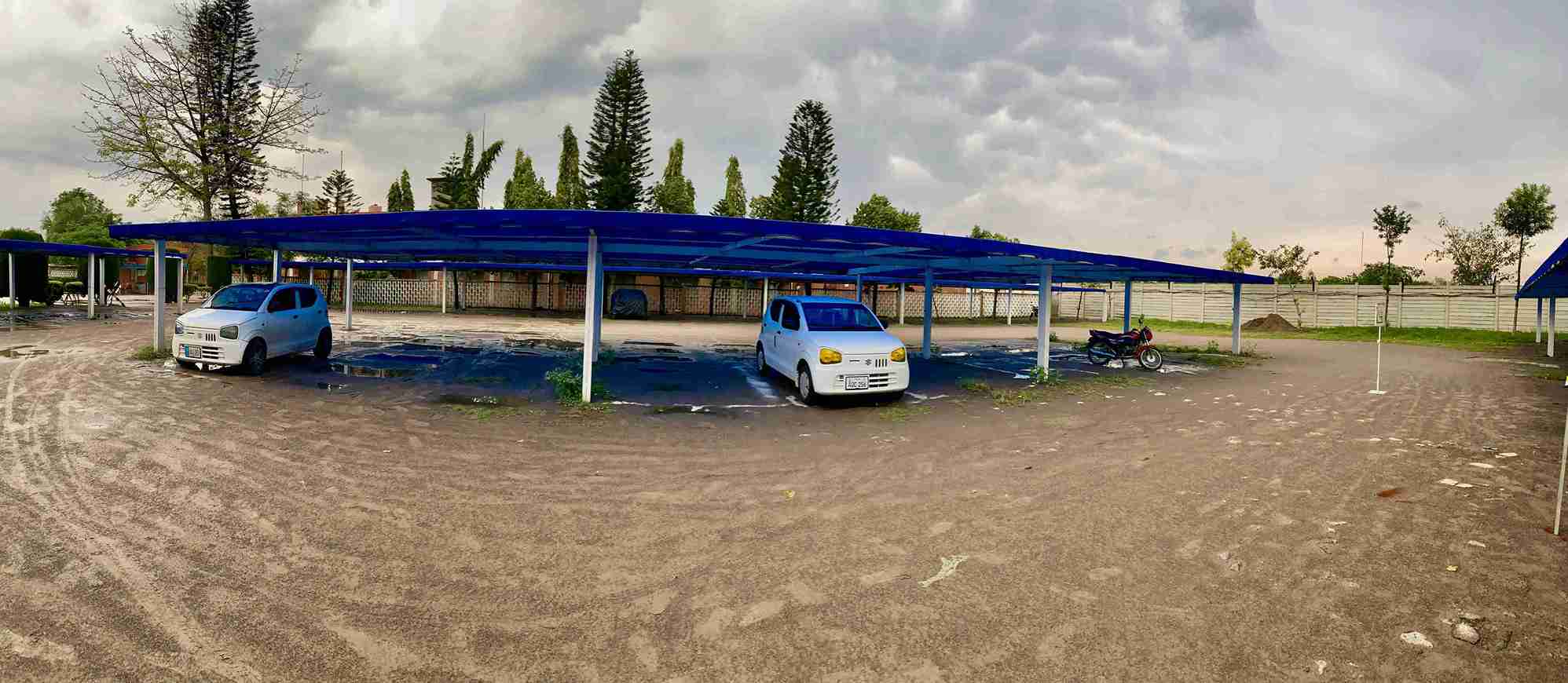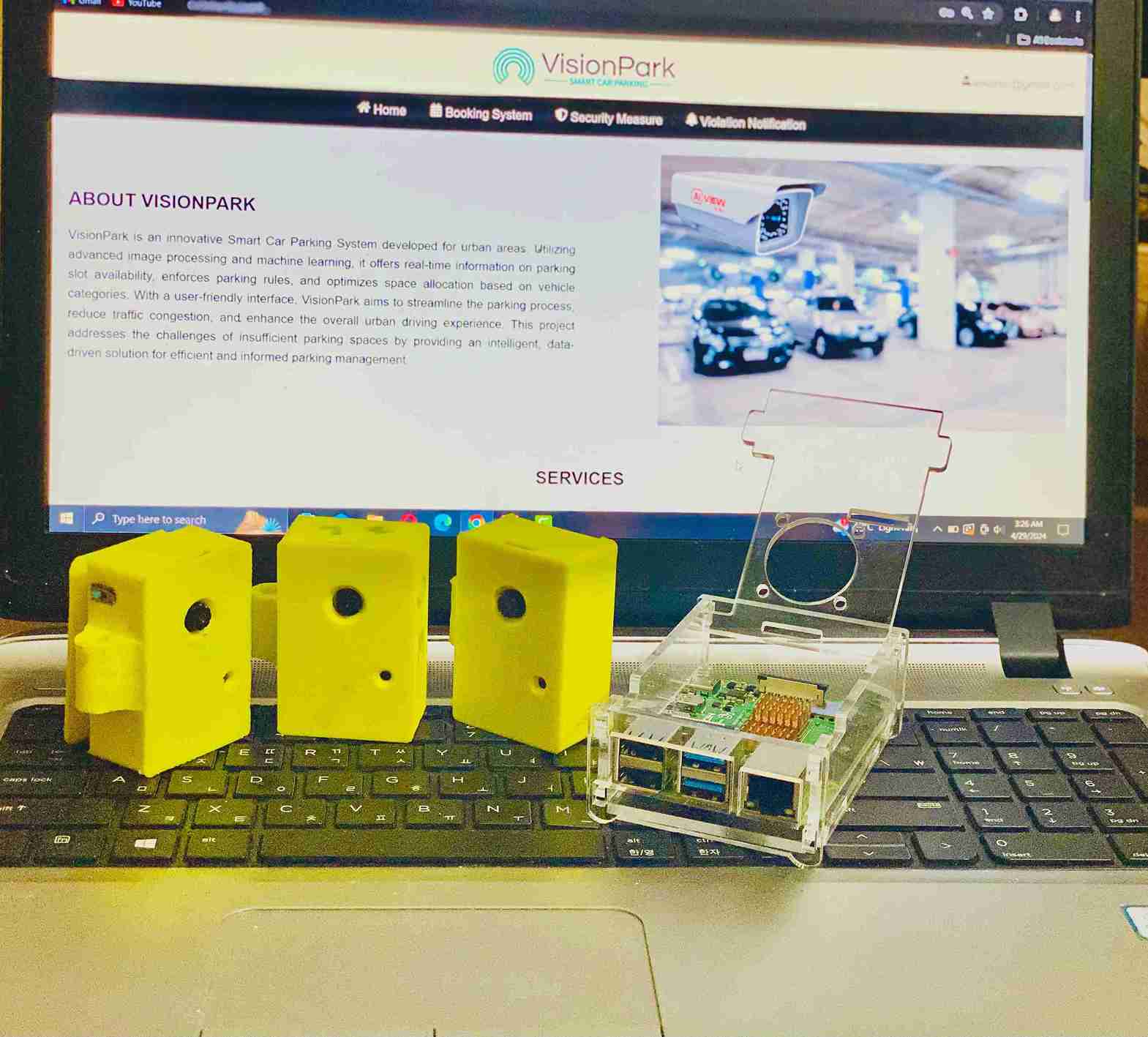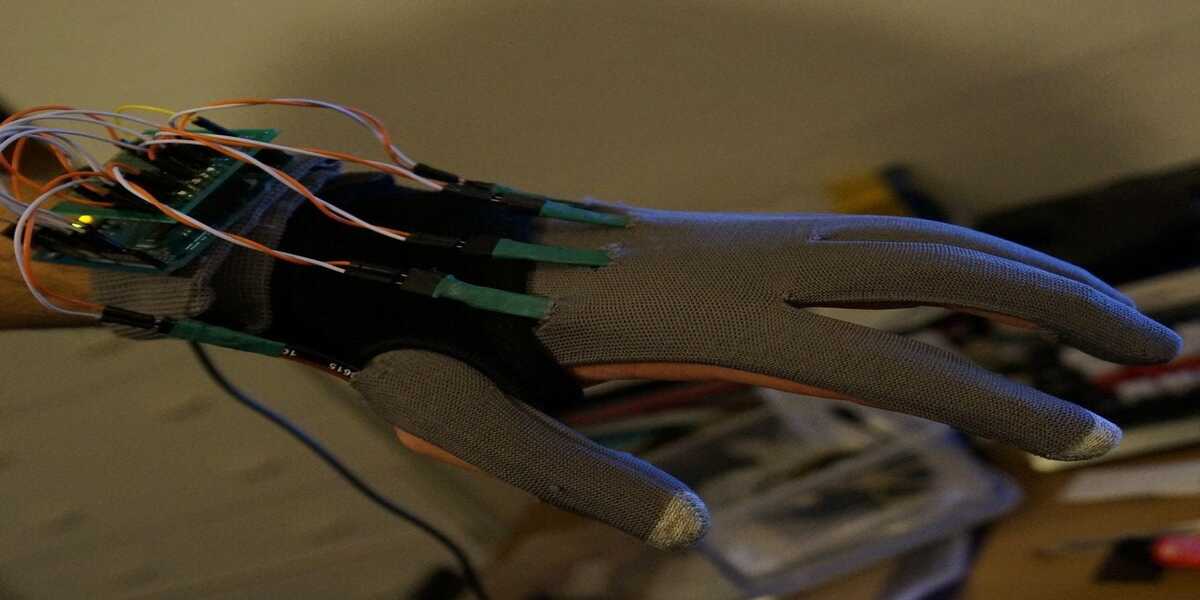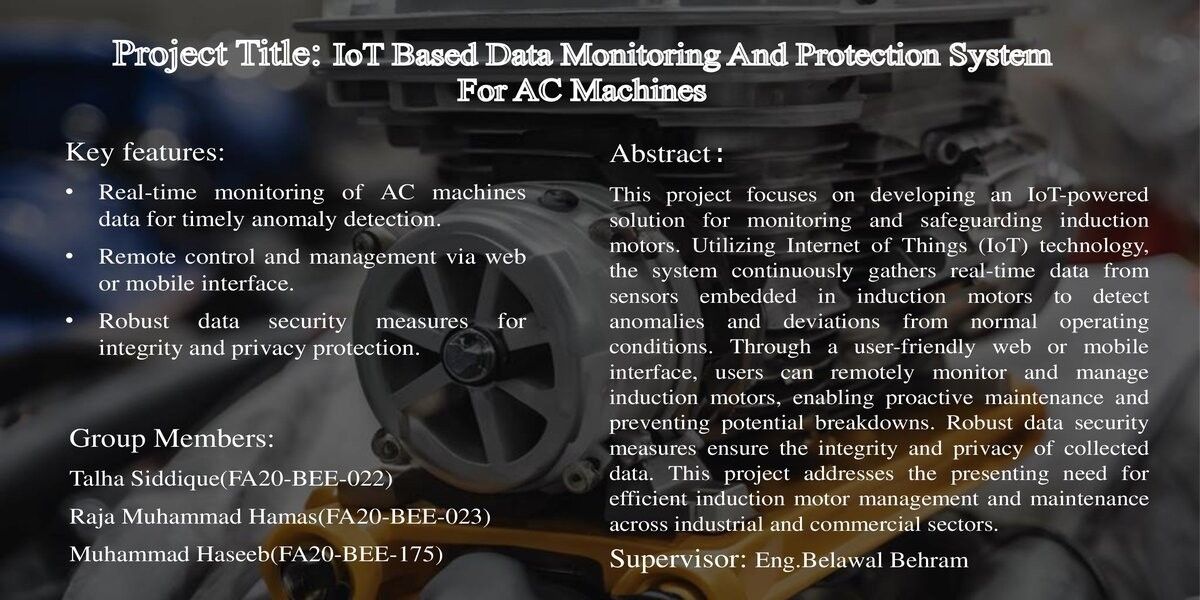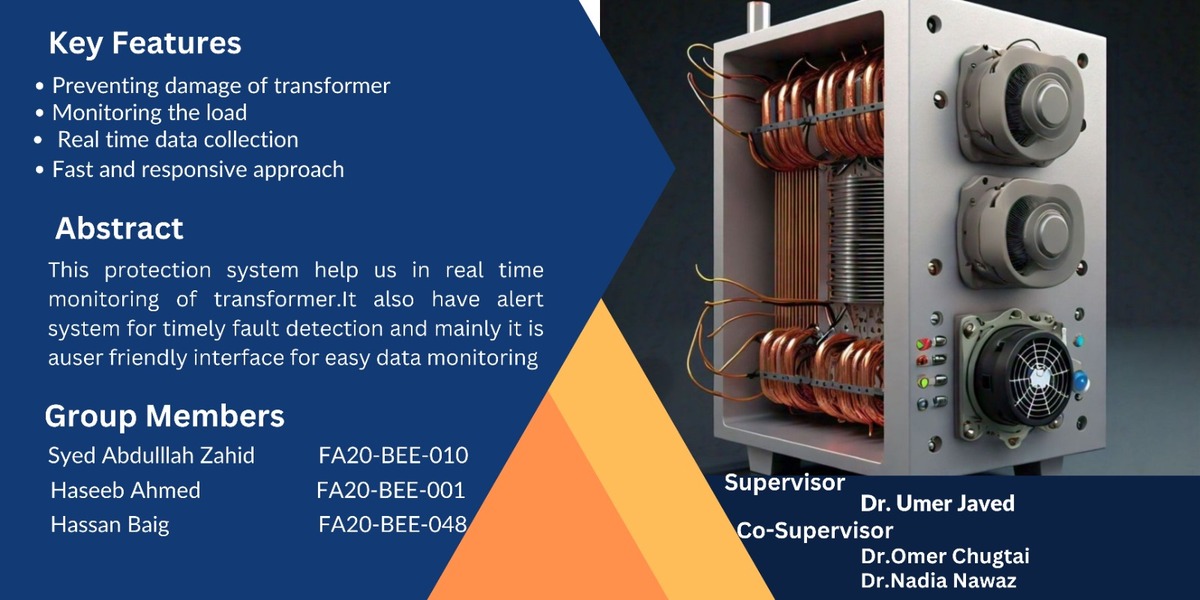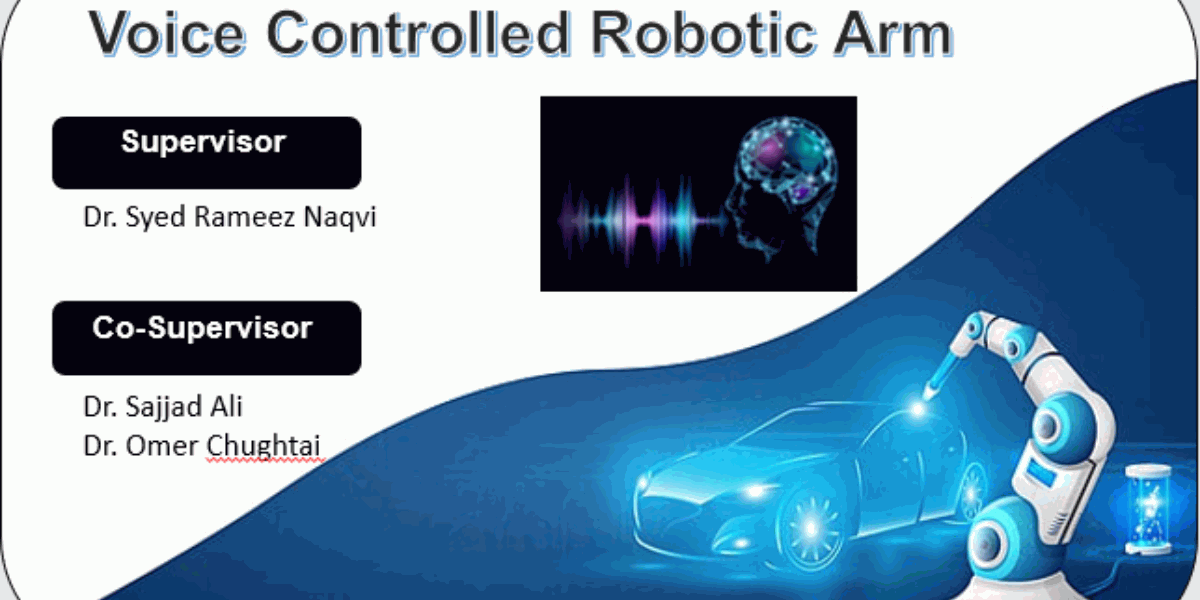This innovative system revolutionizes parking management in urban areas by harnessing the power of image processing and machine learning. It offers real-time updates on parking slot availability, intelligent allocation based on vehicle types, and enforcement of parking rules. The system, comprising hardware components like ESP32-CAM and Raspberry Pi, along with sophisticated software components, not only enhances the parking experience for users but also contributes to efficient urban planning and supports Sustainable Development Goals like Good Health and Well-being, Climate Action, and Sustainable Cities and Communities.
Objectives
1) Real-time Updates: Provide users with live updates on available parking spaces, reducing the time spent searching for parking and enhancing their overall experience.
2)Efficient Space Allocation: Utilize image processing algorithms and machine learning models to efficiently assign parking spaces based on vehicle types, reducing congestion and maximizing space utilization.
3)Enforcement of Parking Rules: Identify and prevent unauthorized parking by implementing intelligent monitoring and enforcement mechanisms.
4) Accurate Vehicle Categorization: Develop algorithms to accurately categorize vehicles, aiding in efficient management and organization of parking facilities.
Socio-Economic Benefit
1) Reduced Congestion: By efficiently allocating parking spaces and providing real-time updates on availability, the project helps reduce traffic congestion in urban areas. This leads to smoother traffic flow, shorter travel times, and decreased fuel consumption, ultimately contributing to economic productivity.
2) Enhanced User Experience: Improved parking management translates to a more convenient and stress-free experience for drivers. Reduced search time for parking spots means less frustration, increased satisfaction, and potentially higher foot traffic for businesses in urban areas, fostering economic growth.
3) Environmental Impact: The project's focus on optimizing parking space utilization and reducing vehicle idling time contributes to lower carbon emissions and improved air quality. This aligns with sustainability goals, benefiting public health and supporting efforts to combat climate change.
4) Urban Planning Efficiency: Real-time data on parking availability and usage patterns collected by the system can inform urban planners and policymakers in making data-driven decisions regarding infrastructure development and transportation policies. This promotes more efficient land use and enhances the overall quality of life in cities.
5) Employment Opportunities: The implementation and maintenance of smart parking systems create job opportunities in various sectors, including technology, transportation, and urban management. This stimulates economic growth and fosters innovation in the workforce.
Overall, the socio-economic benefits of the project extend beyond improved parking management to encompass broader impacts on urban mobility, environmental sustainability, and economic development.
Methodologies
1) Hardware Setup:
Utilize ESP32-CAM as the primary camera unit for capturing live footage of the parking area.
Employ Raspberry Pi as the central controller for processing data received from ESP32-CAM.
Establish wireless communication between ESP32-CAM and Raspberry Pi using Wi-Fi modules.
2) Image Processing and Object Detection:
Implement Single Shot Multibox Detector (SSD) algorithm for real-time object detection, focusing on vehicles entering designated parking slots.
Use OpenCV library for image processing tasks such as object detection, classification, and tracking.
3) Vehicle Identification and Notification:
Integrate Optical Character Recognition (OCR) techniques to extract vehicle numbers from captured images.
Develop algorithms to match extracted vehicle numbers with registered owners' information.
Send notifications to vehicle owners upon vehicle entry and exit from the parking area.
4) Parking Violation Detection:
Implement rule-based algorithms to detect parking violations, such as parking in unauthorized areas or occupying multiple slots.
Trigger notifications to users in case of detected violations, informing them of the issue and potential penalties.
5) Backend Development with Flask:
Set up a Flask server to handle data transmission and communication between hardware components and frontend interfaces.
Design RESTful APIs for sending and receiving data between ESP32-CAM, Raspberry Pi, and the frontend applications.
6) Frontend Development with React.js and React Native:
Develop a web-based dashboard using React.js to display real-time parking information, including slot availability, vehicle entry/exit logs, and violation alerts.
Create a mobile application using React Native to provide users with access to the parking system on their smartphones, enabling them to receive notifications and monitor parking status remotely.
7)Integration and Testing:
Integrate all components of the system, including hardware devices, backend server, and frontend interfaces.
Conduct extensive testing to ensure the reliability, accuracy, and performance of the system under various conditions, including different lighting and weather conditions.
Outcome
1) Smart Parking Management System: The primary outcome of the project is the development and implementation of a robust smart parking management system. This system integrates hardware components such as ESP32-CAM and Raspberry Pi with software components including image processing algorithms and machine learning models to effectively monitor parking spaces, allocate slots, and enforce rules.
2) Real-time Data Insights: The project delivers real-time data insights on parking slot availability, vehicle categorization, and parking violations. Users can access this information through a user-friendly interface, enabling them to make informed decisions regarding parking and reducing search time.
3) Enhanced User Experience: By providing accurate and timely information, the project enhances the overall user experience for drivers seeking parking spaces. The system reduces frustration, minimizes search time, and improves convenience, leading to higher levels of satisfaction among users.
4) Traffic Optimization: The implementation of the smart parking system contributes to traffic optimization by reducing congestion and improving traffic flow in urban areas. Efficient space allocation based on vehicle types helps alleviate parking-related bottlenecks and enhances overall mobility.
5)Data-driven Urban Planning: The collection of data on parking usage patterns and trends enables data-driven urban planning decisions. Municipal authorities can leverage this information to optimize infrastructure development, allocate resources more efficiently, and design transportation policies that cater to the needs of the community.
6)Sustainability Impact: Through reduced vehicle idling time and optimized parking space utilization, the project contributes to environmental sustainability by lowering carbon emissions and improving air quality in urban areas.

